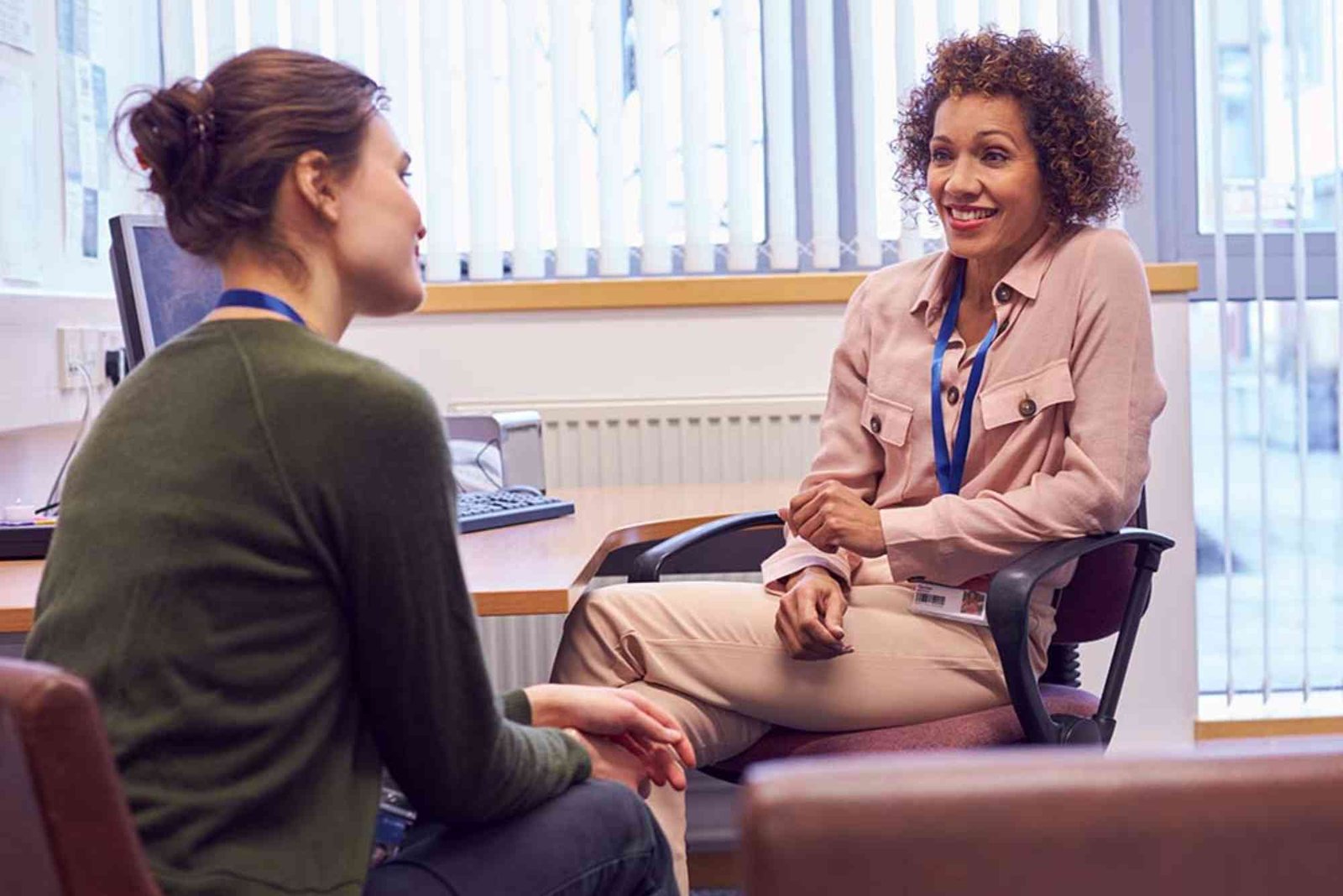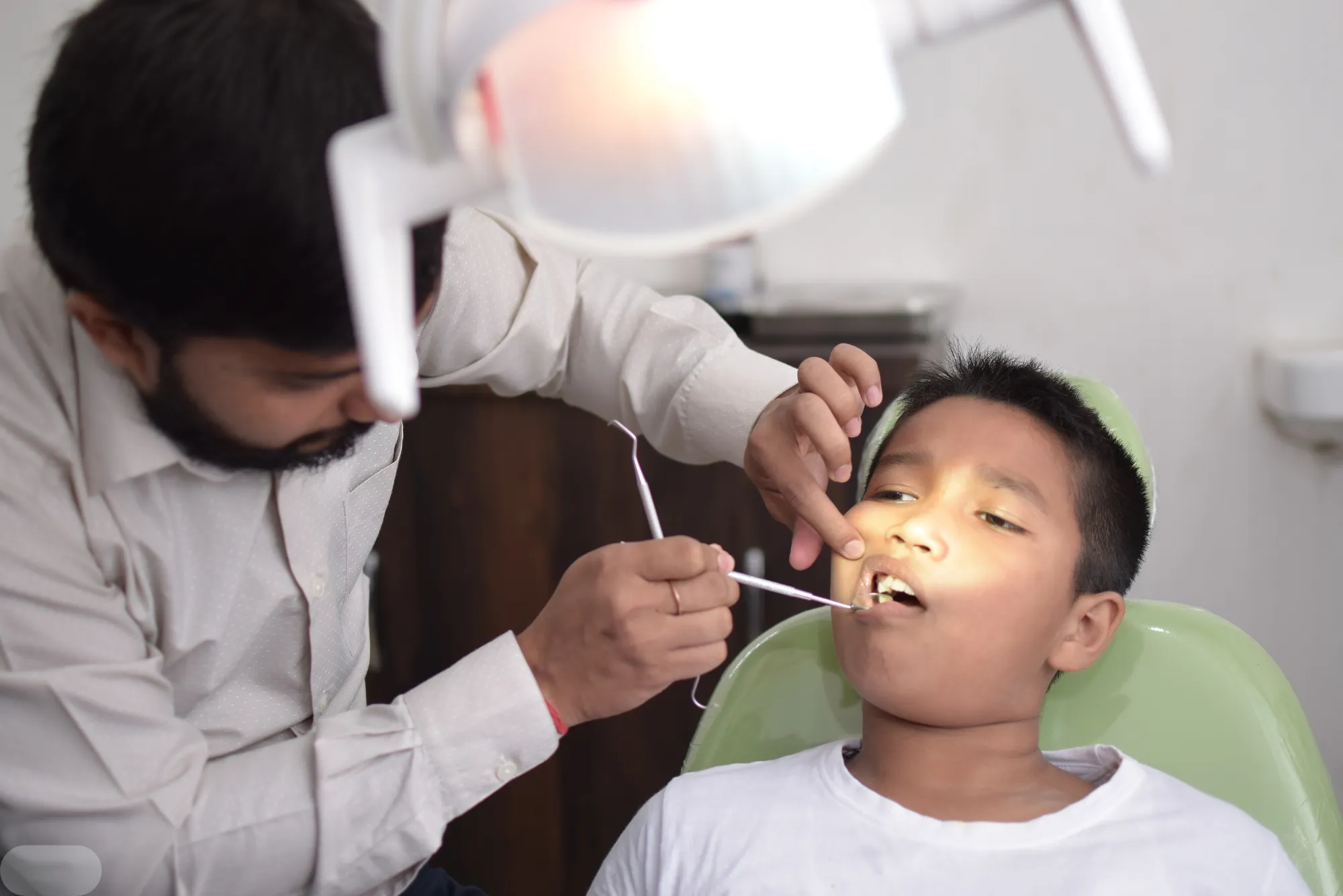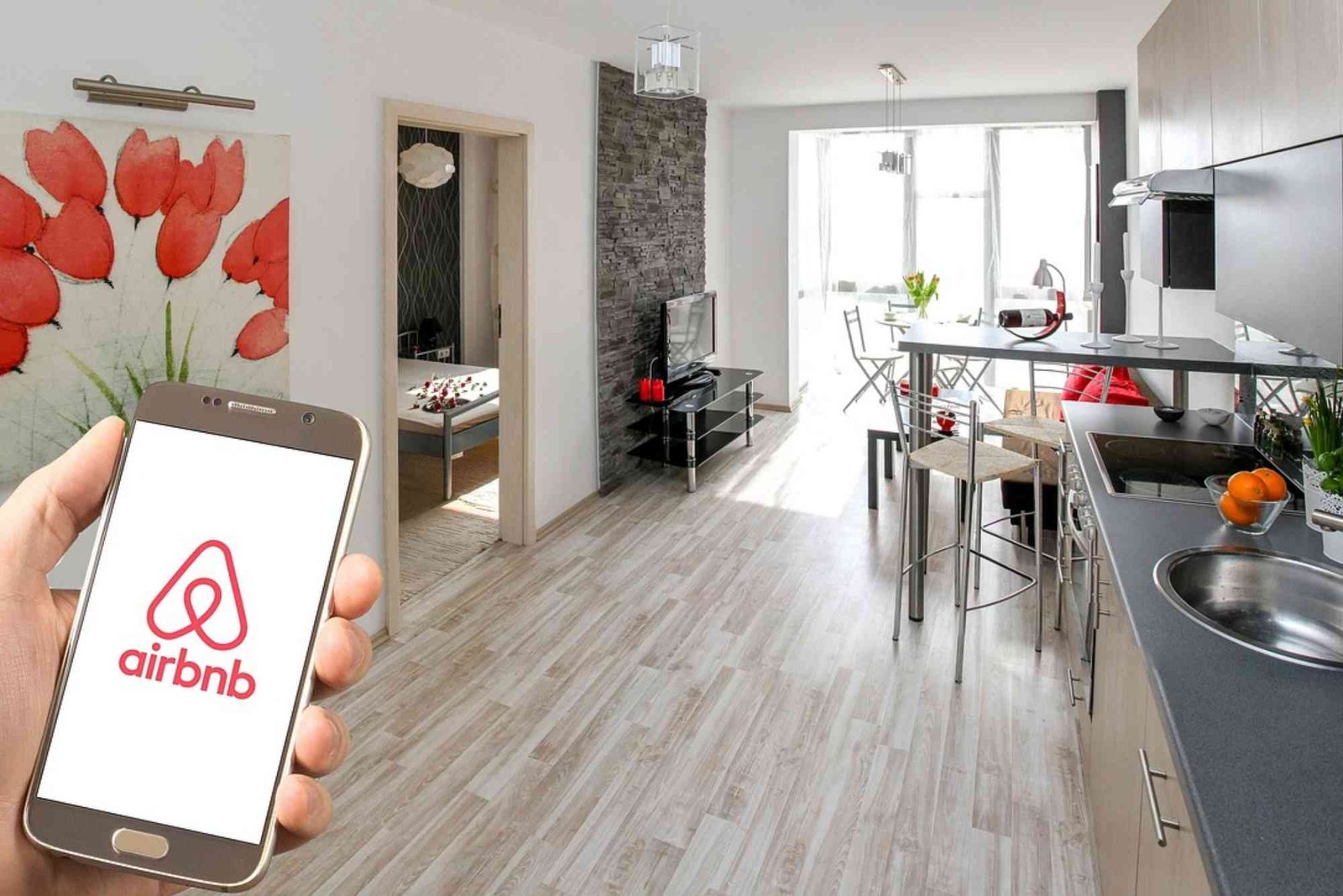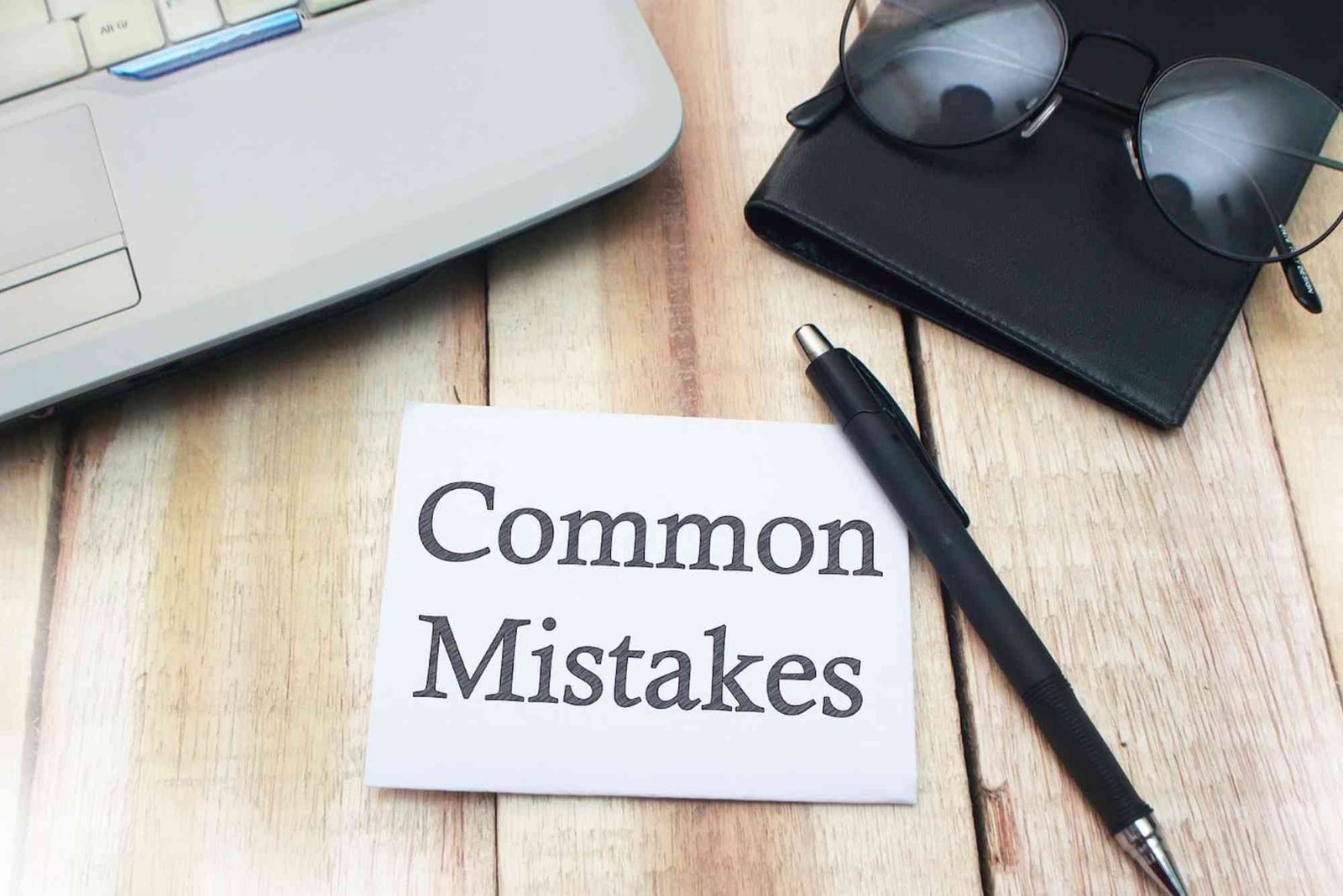What Is Community Mental Health 2: Explained for Beginners (2025)
Understanding mental health is more critical than ever. In 2025, the approach of community-based mental health care, often referred to as community mental health 2, has evolved. But what exactly does it mean, and how does it impact individuals and communities? This guide will break it down in simple terms for beginners, providing clarity and actionable insights.
The Concept of Community Mental Health 2
What Community Mental Health Means Today
Community mental health focuses on providing mental health support within local communities rather than relying solely on institutional care. It prioritizes accessibility, prevention, and holistic well-being. Community mental health 2 takes this further by integrating modern tools, digital resources, and collaborative care approaches.
Key Differences From Traditional Mental Health Services
Unlike traditional models that often center around hospitals or clinics, community mental health 2 emphasizes:
-
Localized support systems
-
Early intervention programs
-
Mental health education
-
Collaboration between social services, healthcare providers, and families
Core Services Offered
Counseling and Therapy
Community mental health centers provide professional counseling, therapy sessions, and support groups. These services are often tailored to different age groups, including children, adults, and seniors.
Crisis Intervention
Rapid response teams help individuals facing acute mental health crises. CDC – Physical Activity These programs aim to prevent escalation and reduce hospitalizations.
Health Promotion and Prevention Programs
Programs focus on preventing mental health issues before they arise. Activities may include stress management workshops, mindfulness training, and community awareness campaigns.
Digital and Telehealth Services
With advancements in technology, many community mental health 2 initiatives now offer teletherapy, mental health apps, and online support groups, improving access for remote or underserved populations.
Benefits of Community Mental Health 2
Accessibility and Inclusivity
One of the main benefits is that mental health care becomes more accessible to everyone, regardless of income, location, or background.
Early Detection and Intervention
Community-based programs identify mental health issues early, reducing the severity of symptoms and improving long-term outcomes.
Social Support and Community Engagement
By fostering connections among community members, browse more sports & fitness articles these programs reduce isolation and promote a sense of belonging, which is vital for mental well-being.
Integration With Physical Health
Community mental health 2 encourages holistic care by integrating physical activity and wellness programs. For example, the CDC provides resources on how physical activity supports mental health.
How to Get Involved
Locating a Community Mental Health Center
Start by searching for local centers that offer counseling, workshops, and crisis support. Many centers provide free initial consultations or screenings.
Participating in Workshops and Programs
Join community-based workshops focused on stress management, resilience building, or mindfulness. These programs often offer practical tools for daily life.
Volunteering and Advocacy
Volunteering in mental health initiatives helps increase awareness and support community members in need. Advocacy can also drive policy changes to strengthen local mental health resources.
Challenges and Considerations
Stigma and Awareness
Despite progress, mental health stigma still exists. Community mental health 2 programs actively work to reduce stigma through education and outreach.
Funding and Resource Limitations
Many centers rely on government or nonprofit funding, which can be limited. Sustainable support is crucial to maintain and expand services.
Cultural Competency
Programs must consider cultural backgrounds, languages, and beliefs to ensure care is respectful and effective.
Real-Life Examples
-
Local community centers offering group therapy for adolescents
-
Mobile mental health units providing crisis support in rural areas
-
Digital platforms enabling virtual therapy sessions for underserved communities
For a detailed introduction, check out what is community mental health 2 — a quick guide.
The Role of Families and Caregivers
Support at Home
Families play a key role by providing emotional support, encouraging treatment adherence, and creating a stable environment.
Communication and Education
Learning about mental health conditions, warning signs, and coping strategies empowers families to act effectively.
Future of Community Mental Health 2
Technology and AI Integration
AI-powered mental health apps, chatbots, and predictive analytics are improving personalized care and early detection.
Policy Developments
Governments are increasingly prioritizing mental health funding, expanding services, and integrating care into broader public health strategies.
Global Collaboration
Sharing best practices internationally can enhance mental health outcomes and foster innovation in community care models.
Community mental health 2 represents a progressive, inclusive approach to mental health care. It emphasizes accessibility, prevention, and community engagement. By understanding its principles and utilizing available services, anyone can benefit from a supportive mental health environment. Whether seeking help, volunteering, or advocating, your involvement strengthens community well-being.
Take action today by exploring resources, joining local programs, and supporting mental health initiatives. For more insights on wellness, browse more sports & fitness articles to learn how physical activity enhances mental health.
FAQ
What is the main goal of community mental health?
The main goal is to provide accessible, preventive, and inclusive mental health support for all community members.
How can I access community mental health services?
Services are often available at local clinics, community centers, schools, and online platforms.
Does physical activity improve mental health?
Yes, regular exercise reduces stress, anxiety, and depression while boosting mood. Learn more from CDC – Physical Activity.
Can schools play a role in community mental health?
Absolutely. Schools offer counseling, mindfulness programs, and early intervention initiatives.
How can I volunteer in community mental health programs?
Contact local mental health organizations, clinics, or NGOs to participate in awareness campaigns or support services.









